The following is a guest post from the very talented author, Carmen Baca.
Although her focus is on the marketing of books, the principles are relevant to all venues
Online Marketing through Trial & Error
In the three years, I’ve been an author, I’ve figured out a few marketing strategies that work for me, not for all, mind you. While I queried publishers, I wrote to twelve famous authors for advice about marketing due to my being a New Mexico Hispanic and because our culture is underrepresented in literature. The consensus of the five who graciously replied was that exposure is what I needed for acquiring readers and generating sales. So that’s what I did.
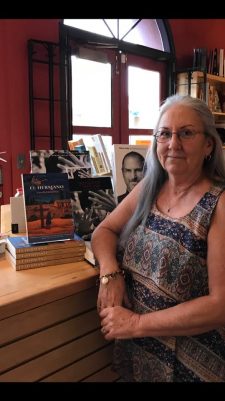
Carmen Baca, brilliant author from New Mexico
PRE-PROMOTING PRIOR TO BOOK RELEASE
I created a website, a blog site, got on Twitter, LinkedIn, and Instagram and started experimenting without knowing what I was doing. All those failed to lure readers, by the way, all except FB. This is where my readers were engaging with me and follower numbers rising, so I concentrated on it. And because of my ignorance, I started promoting fifteen months before my book published because I didn’t know my first publisher would take so long. However, that act of ignorance worked (and still works) to my benefit. I told everyone about my book for so long and used so many short excerpts and photos that the week the book released, it sold out on Amazon and in my local bookstore four times. I still promote my works months in advance.
A couple of reasons why Facebook works for me has to do with the genre and reader demographics. That’s probably why it doesn’t work for all authors. I don’t write a genre that’s common: I write regionalistic literature. This means I appeal to a certain region and to people who want to know more about the region. The subject matter I include is due to my culture being a large contributor to my novels and short stories.
The reader demographics are women my age or older. The majority of the reader population have only FB, no other social media accounts, so there’s no way else to reach them. However, because so many of them won’t do online shopping, they can’t leave reviews on websites. They do leave reviews on my page though. They also prefer buying the books from me, signed and with custom-made bookmarks. I sell hundreds of books from my page, but it does nothing for Amazon ranking based on sales and reviews. So my books will never reach a high rank (the first one about the Brotherhood got to #32 once; I about fainted). That one has the best sales record and the most reviews. So anyway, that’s why FB works for me but doesn’t work for all authors.
Best day to post on FB—Wednesday at 11 a.m. and 1 p.m.
Worst day—Sunday
ONLINE VISIBILITY
As for my other platforms, every once in a while I update my website and post on LinkedIn, which I don’t understand how to use at all. I tweeted till I was even more confused about Twitter, and I post once in a while on my Flipboard Magazines and in my Pinterest author collections about my books. This is what I discovered about other means to gain online visibility.
- Bookseller sites—that’s the first step in getting online visibility. Once you publish, your books are going to be on a few websites, maybe more, so that is where the exposure begins. Google yourself to see how many you’re on and fill in your author information on such sites like Amazon and Goodreads. See how you can use those to your advantage. Some authors create ads. I haven’t done that.
- Short Publications—publish short pieces in online literary magazines. I’ve gotten works published in over twenty different magazines, blogs, and anthologies over the past two years. When new readers appreciate my short works, they sometimes follow the links to buy my books, so online publishing does acquire new readers and generates sales. (Again, maybe it’s my genre—no guarantee this will work for others). So, say twelve bookseller sites plus the twenty-four more, that gives me thirty-six websites I’ve gotten in a little over two years. With my website, blog site, all those social media platforms, that gives me another five at least. Forty-one, more or less, websites—that’s how many I’m on right now.
- Media connections—this started for me because of my first book, traditionally published. My publisher arranged for a small book tour, so I was contacted by the influencers first—members of the media, newspaper and magazine editors and reviewers. Through Facebook, supporters of the arts, gallery owners, other authors, and book clubs found me and now promote on my behalf. Again, this is most likely due to my genre. However, because of those online magazines I publish in, I made some wonderful and far-reaching influencer connections on my own, and not only in my state. One editor promotes my books in issues of his magazine based in California, and a few others do similar promoting in other locations.
- Author Websites—there are websites where we can list ourselves and our works: Goodreads, Hometown Reads, Penstra, Robin Reads, and many more. When you post to any social media platform, tag them with their handles, and they’ll sometimes retweet or share your works. Two neighboring states’ magazine editors, radio talk show hosts, and even a newspaper follow and share my posts to their readers, just because they found me on social media.
Above all, find social media platforms where you can connect with your fans and communicate with them daily. They love that they can talk to a “real author.”
I’d probably still be avoiding Twitter and stagnating at 190 followers but for a kind author who took me under his wing and tutored me in Twitter and tweeting.
Following the tutorial below, some of which I learned from my friend and some of which I discovered through more experimentation, I followed these steps to go from 190 to over 4,600 in four months. If you keep reading, I’ll explain how important the number of followers is on Twitter.
- A visitor to your profile who is interested will take the time to click on your tweet and see what you’ve included in the accompanying imagery. Check out other authors’ and writers’ profiles to get an idea of how yours should look. I replace mine once in a while with NM scenery or with my books. When acquiring followers, be sure to check their profiles for “writer” of some sort. (I got three messages from men seeking friends. I changed my profile bio to married and grandmother to decrease the chances of someone looking for something I didn’t want to give.)
- Go to the search bar and type in #writingcommunity. Start there. You’ll find plenty of tweets. Respond to those tweets—as many as you can. Tweet something like this—“new to Twitter and seeking followers. #Amwriting #mystery #novel (or whatever, but use the hashtags which attract more writers/readers).”
Participate in #FF (Follow Fridays) #WriterLifts, and #TwitterTrains when you can, especially as you’re building your following. When you see those hashtags, join in the train of followers by following them, liking, RT (retweeting), and commenting a thank you for the opportunity to get more readers. Engage. Don’t tweet with a comment though (something about algorithms).
- Try to keep up with new followers and say thank you for the follow when you can. Use #writingcommunity in your tweets. Use your own hashtags as applicable to you. Use your hashtags in your tweet; for example, “I #amwriting #regionalistim & #magicrealism.
My #shortstory went live today.”
You get the idea.
Remember to keep an important tweet pinned for easy retweets and change it after it gets a few tweets, maybe 7-10. I like to keep my tweets rather than delete them after they no longer apply because I’ve noticed when a follower takes an interest in me, he/she will go back and see my tweets and like them, so I figure the engagement by leaving them there serves a purpose too. Some writers delete the tweets after they served their purpose.
- Before you know it, you’ll have hundreds of other authors following you. Doing those three steps, I noticed an immediate increase in followers, and every time I tweet or respond to a tweet, I get more followers every day.
I like to tag specific influencers like magazine editors or radio talk show hosts who promote for me. They retweet my tweets to their followers, and word gets out for sales. I use @KRTN or whatever to get the attention of influencers; find your influencer handles and use those you want to attract. (Natalie Morales of NBC-Today, liked one of my tweets once). Just keep your @handles to a bare minimum and alternate with different tweets. You don’t want to become a pest.
One writer who took me under his wing is now promoting my books to his 79K followers. Think about it—those you follow have hundreds of thousands of followers combined, and those get retweeted and seen by that guy’s followers and so on. The reach is incredible—doesn’t measure up with Facebook at all. On FB I can reach up to 30K in nine countries, but on Twitter, I can reach well over that. Let me share an experience—I participated in Twitter pitch mad on Thursday, September 5, 2019. My pitch to agents was retweeted by 108 followers (can you imagine how many people that reached?). Because of the exposure, my pitch attracted 1 agent and 2 publishers. Don’t discount Twitter; learn to make it work for you.
The following is a guide to creating tweets others will want to engage in and possibly retweet, which is what you want to generate all those thousands of eyes who will read or scroll past.
Use your pronouns—each tweet should be written with the following in mind:
- The first few lines are a headline. If it isn’t catchy, people will scroll past it.
- Each tweet should be written to be viewed singularly and not collectively.
- However, a tweet should be written to be viewed singularly as it will appear in other people’s timelines and in future search results.
All of my tweets clearly indicate “My story…” and while we may view this as egotistical, remember these tweets are viewed singularly. You’re telling them you achieved some goal, you’re not lauding someone else. Like the query or the book pitch, a tweet has to hook a reader’s attention or he’ll keep scrolling. My friend also cautioned me that when posting images (like I do when promoting a book or short story), don’t bother with text on the photo; it doesn’t get seen. (I do this anyway).
Best day to post on Twitter—Monday-Thursday 1:00 p.m.-3:00 p.m.
Worst day—Friday-Sunday
Carmen

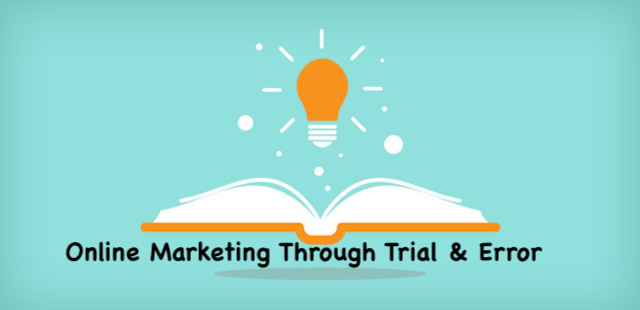


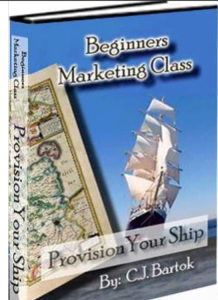



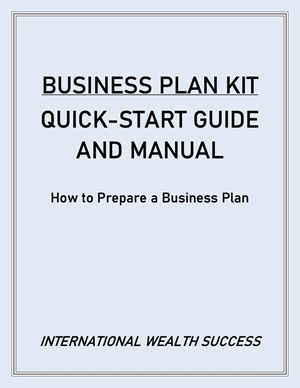

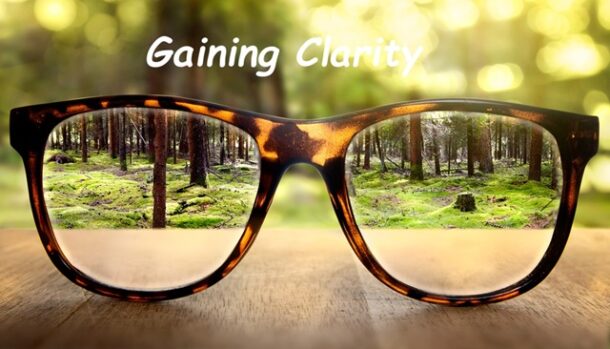
I think your article is awesome and it gave me the guidance I seek. Carol
Thank you for your input.
Carmen Baca has so much wisdom to share.
She is very active on Facebook Author Groups.
Come back soon
You’re right, I’m too a budding author, and into the final process of publishing my debut novel. I found her on such Author group, she’s very active there and incredibly generous with advice and insights which are extremely helpful to a new author like me.
Thank you for your input, Aditya.
I have found authors to be very helpful to others.
You know we have a weekly Call-In Talk Show, which has mostly authors calling in and sharing ideas.
You can find past episodes at the Link Below
You Can Build It
Thanks so much, your article have now clearly explained what I should put in consideration.
This is valuable information any new author, especially self-publishing ones, should read.
Thanks for your input, Dave.
I visited your site.
I have a few suggestions to share if you are interested.
Best email for me is chcuk@chuckbartok.com
Phone 530-798-0245
This is very helpful information and I am just at the point where I am needing such ideas to move forward. Thank you Carmen and Chuck.
Thanks for your comment, Kate
We discuss online and offline marketing ideas on our weekly Call-In Talk Show.
In the past two years, most callers have been authors
Callers can use their computers to join in.
Here are past episodes full of great ideas
You Can Build It
Thank again and come back soon
This information is helpful
Thank you, Levy.
Did you have a major Takeaway?